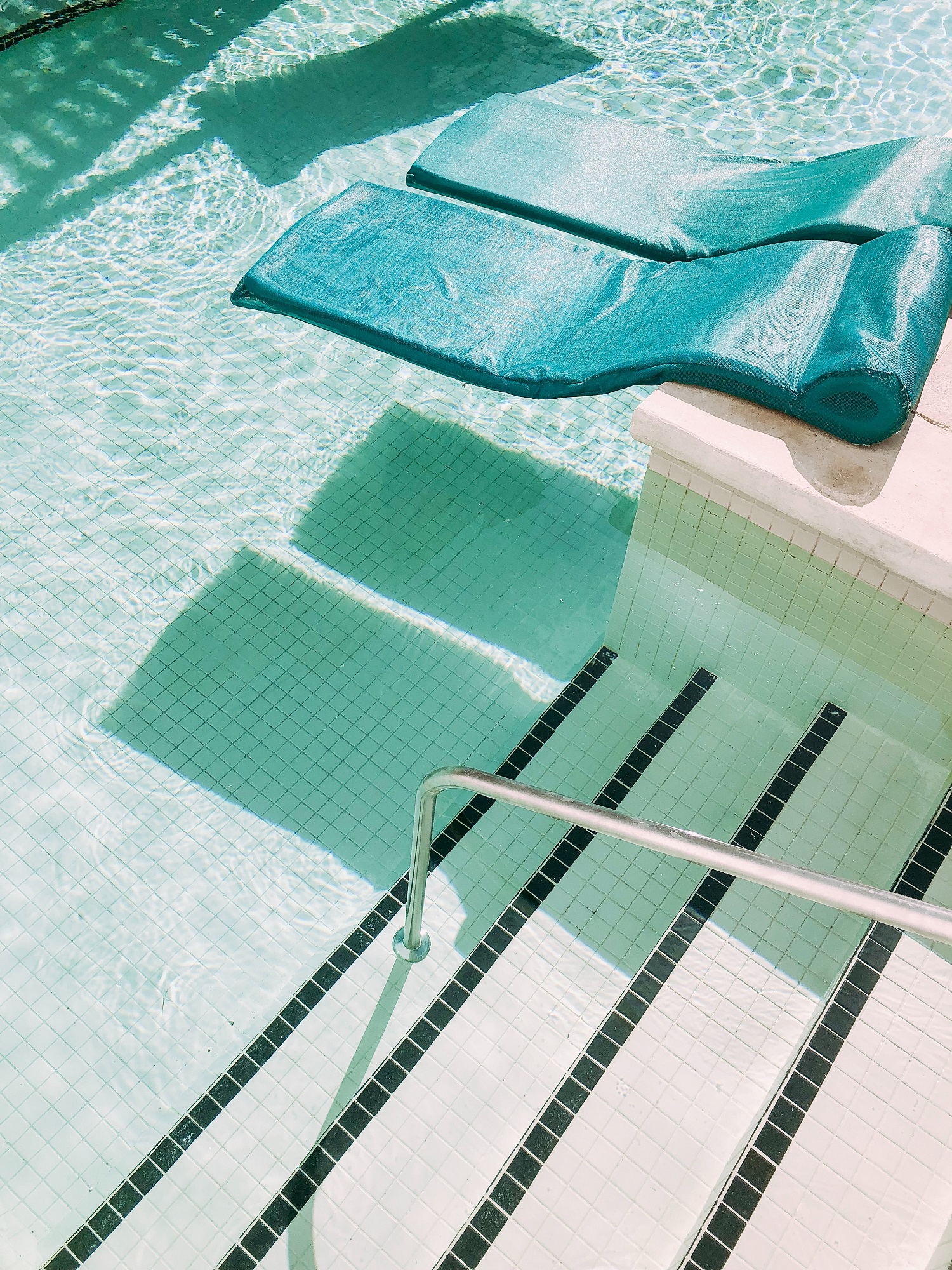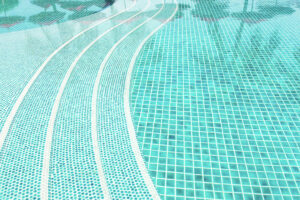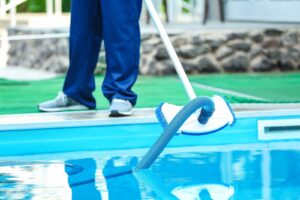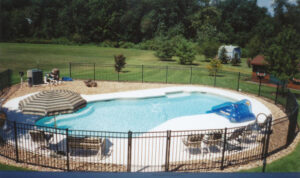Importance of Properly Preparing Your Pool for Winter
As the weather turns colder, it becomes crucial to take the necessary steps to properly prepare your pool for winter. Not only does this help in preventing potential damage and ensuring a smooth opening in the next season, but it also plays a significant role in preventing leaks. By following a few key guidelines and implementing proper winterization techniques, you can safeguard your pool and minimize the risk of leaks during the winter months.
Cleaning and Balancing the Water to Prevent Leaks
Before closing your pool for the winter, it is essential to clean and balance the water. This step is often overlooked, but it is vital in preventing various issues, including leaks. Properly clean the pool by vacuuming the debris, brushing the walls, and skimming the surface. Removing leaves, dirt, and other contaminants from the water not only helps in maintaining water clarity but also prevents the buildup of organic matter that can lead to leaks. Additionally, adjusting the pH, alkalinity, and calcium hardness levels is crucial as unbalanced water can lead to corrosion and damage to the pool’s surfaces and equipment, potentially causing leaks. By maintaining proper water chemistry, you can significantly reduce the risk of leaks during the winter season.
Lowering the Water Level to Prevent Leaks
Lowering the water level in your pool is an important step in winter preparation. By bringing the water level below the skimmer and return lines, you can prevent freezing and potential damage to these components. Freezing water expands and can cause cracks in the skimmer and return lines, leading to leaks once the pool is back in operation. However, it is essential not to drain the pool completely, as this can lead to the shifting or cracking of the pool structure. Consult the manufacturer’s guidelines or seek professional advice to determine the appropriate water level for your specific pool. By maintaining the appropriate water level, you can help prevent leaks caused by freezing and ensure the structural integrity of your pool.
Cleaning and Storing Equipment
As part of the winter preparation process, it is crucial to remove and clean all pool equipment, such as ladders, diving boards, and skimmer baskets. Thoroughly cleaning these items helps prevent debris buildup and potential damage during the winter months. Inspect the equipment for any signs of wear or damage and address any issues before storing them. Properly storing the equipment in a dry place further safeguards them against freezing temperatures, reducing the risk of leaks caused by equipment damage. Keep in mind that some equipment, such as pumps and filters, may require additional winterization steps. Follow the manufacturer’s instructions or consult a professional to ensure proper winterization of all pool equipment.
Winterizing the Plumbing
One of the most critical steps in winterizing your pool is taking care of the plumbing system. Neglecting this aspect can lead to costly repairs and potential leaks. Start by shutting off the pool’s circulation system and draining the water from the pump, filter, heater, and any other components that contain water. Using a winterizing kit, you should blow out the plumbing lines to remove any remaining water. This step helps prevent freezing and potential damage to the plumbing components. Adding antifreeze to the lines further ensures that any residual water does not freeze and cause leaks. Pay particular attention to underground plumbing, as leaks in these lines can be challenging and costly to repair. If you are unsure about winterizing the plumbing system, it is advisable to seek professional assistance to ensure thorough and effective winterization.
Installing a Pool Cover
A properly fitting pool cover is essential for winterizing your pool and preventing leaks. The cover serves multiple purposes. Firstly, it prevents debris from entering the pool, reducing the chances of clogged filters or damaged equipment that could lead to leaks. Leaves, twigs, and other debris can accumulate over time and create blockages or cause damage to the pool system. Secondly, the cover acts as a protective barrier, preventing water from accumulating on its surface. The weight of accumulated water can cause stress on the cover, potentially leading to tears or other damage that may result in leaks. Ensure that the pool cover fits securely and use additional accessories like cover clips or water bags to prevent it from shifting or being affected by strong winds. By securely installing a pool cover, you add an extra layer of protection against leaks during the winter season.
Winterizing the Plumbing to Prevent Leaks
While proper winterization greatly reduces the risk of leaks, it is essential to continue monitoring your pool throughout the winter months. Periodically check the pool cover for any signs of damage or accumulation of water, and promptly address any issues. Additionally, ensure that the pool’s water level remains stable and that there are no visible signs of leaks or structural damage. If you notice any abnormalities or suspect a leak, it is important to take immediate action. Consult a professional pool technician who can perform leak detection tests and provide necessary repairs if needed.
Protect Your Pool: Winterize to Prevent Leaks and Ensure Longevity
By diligently following these winter preparation steps and regularly monitoring your pool, you can significantly reduce the risk of leaks and ensure a hassle-free opening of your pool in the following season. Preventing leaks not only saves you from potential water loss and damage to pool components but also contributes to the overall longevity and efficiency of your pool. Make leak prevention a priority during winterization, and enjoy the peace of mind that comes with a well-protected and leak-free pool. Remember, proper maintenance and proactive measures are key to keeping your pool in optimal condition throughout the year.





No comment yet, add your voice below!